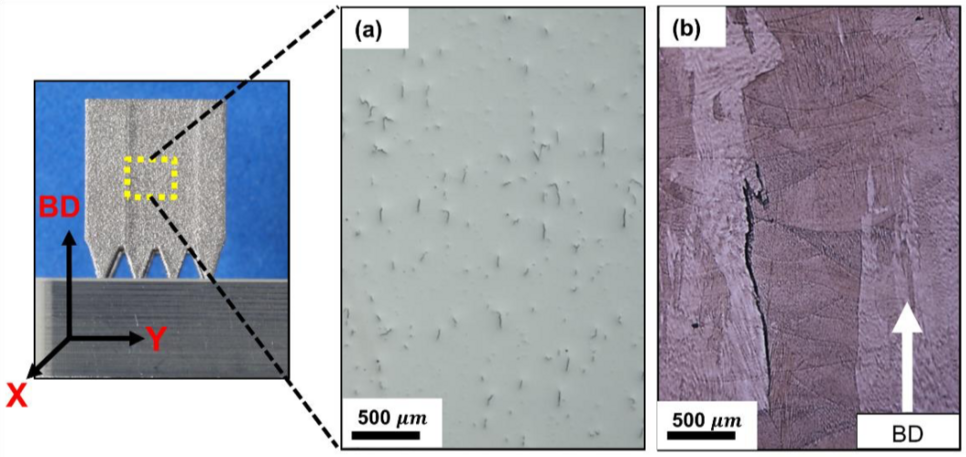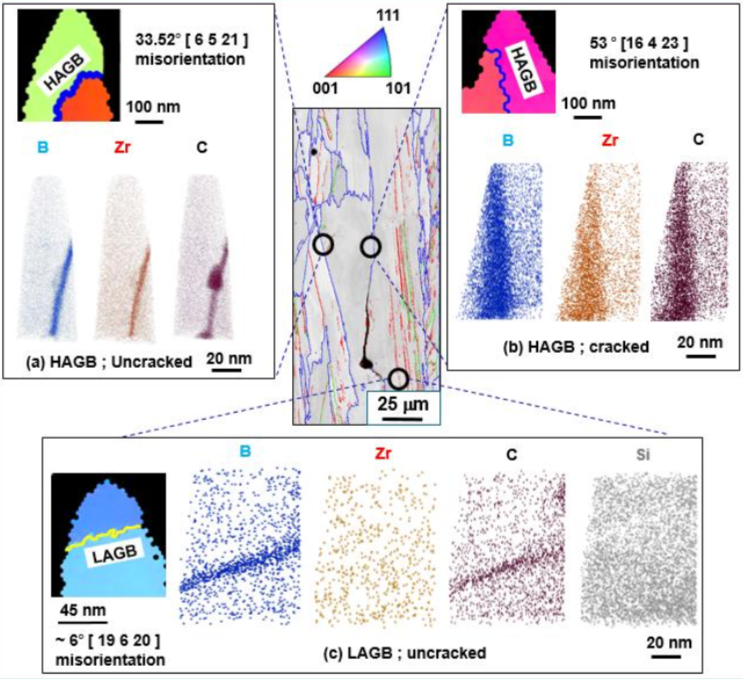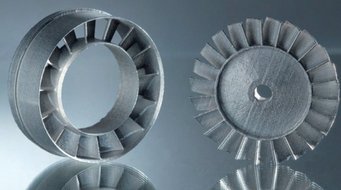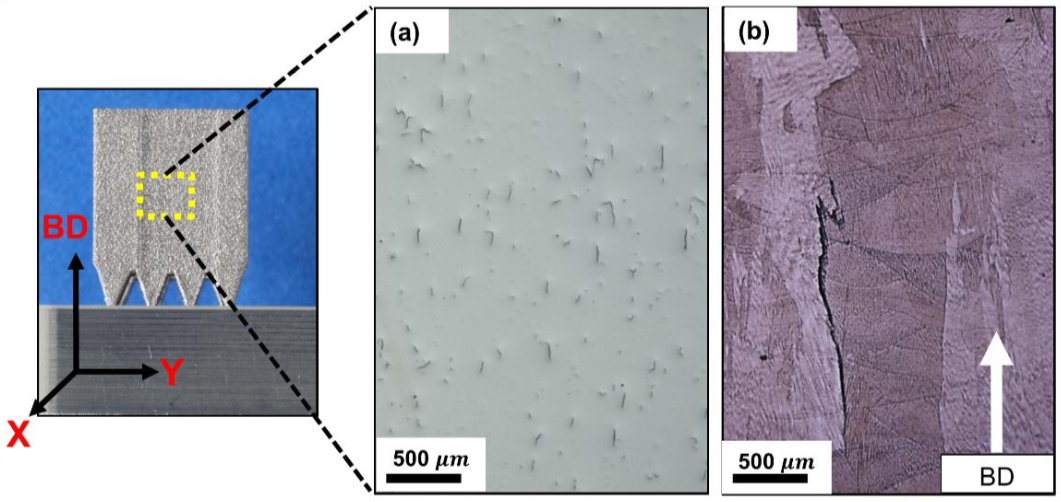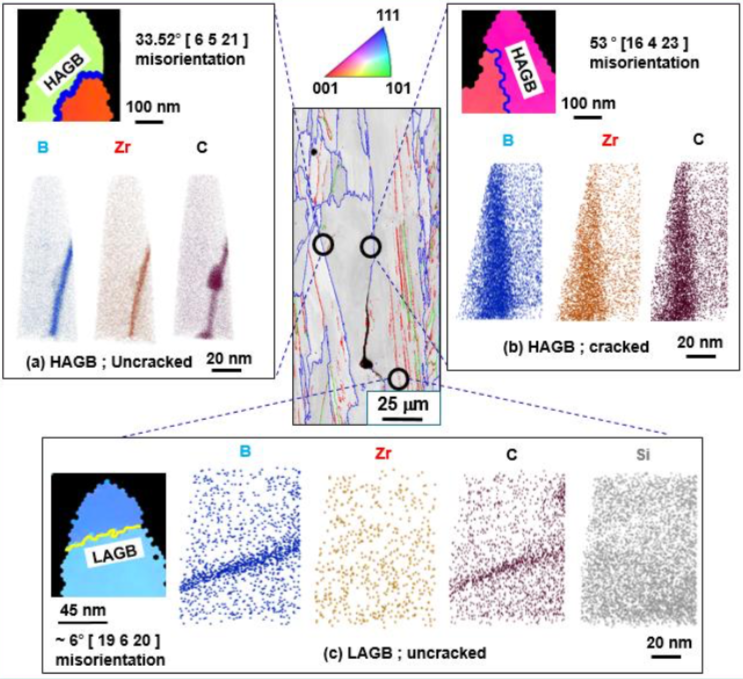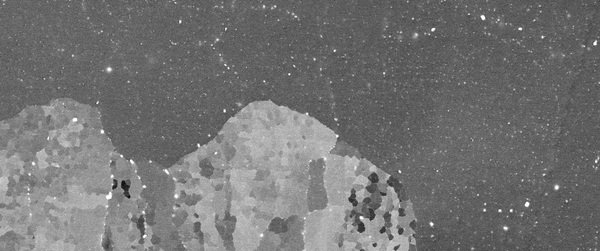
Precipitation and crack formation behaviour of Ni-based-superalloys produced by Laser Additive Manufacturing
Ni-based superalloys are high-temperature materials employed e.g. in turbines. They gain their high strength by precipitation hardening. The unique thermal history encountered by the material during LAM, which includes rapid cooling from the melt, cyclical re-heating and/or an elevated processing temperature due to preheating, influences the number density and size distribution of the precipitates. For the same reason, unwanted defects, such as hot cracks, can occur in the material.
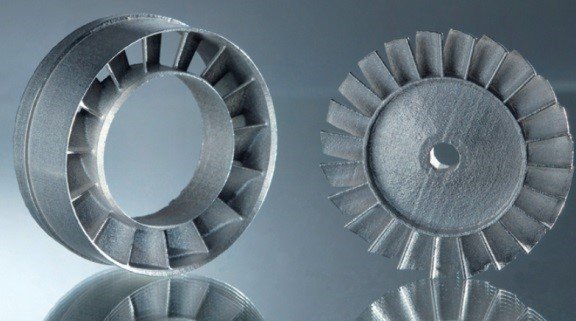
The key issue during the selective laser melting (SLM/L-PBF) of non-weldable polycrystalline nickel-base superalloys is the formation of micro-cracks. Microstructural evidence suggests that these are solidification cracks occuring during the last-stage of solidification only at high-angle grain boundaries. Since enrichment of alloying elements to the remaining intergranular liquid and back-diffusion into the solid strongly affect solidification cracking, this project focuses on determining the solute enrichment at grain boundaries and identifying the associated interfacial defect formation mechanisms. Atom probe tomography coupled with transmission Kikuchi diffraction is used to determine the misorientation and chemical composition profile of the alloying elements across high-angle grain boundaries (HAGB) with and without cracks and across low-angle grain boundaries (LAGB). Solutes (mainly B, C, Si and Zr) are found to be more strongly enriched at HAGB compared to LAGB. The chemical profile across grain boundaries in the top-most layer suggests a negligible effect of re-melting and re-heating on the final chemistry of the grain boundaries. Additionally, the effect of reducing the content of the minor solute elements Zr and Si compared to the standard IN738LC superalloy composition on the grain boundary enrichment is investigated. No significant change in grain boundary enrichment is found despite a 99% reduction in crack length per unit area.
This research is a collaboration of MPIE, Düsseldorf, with the Fraunhofer Institute for Laser Technology in Aachen.
